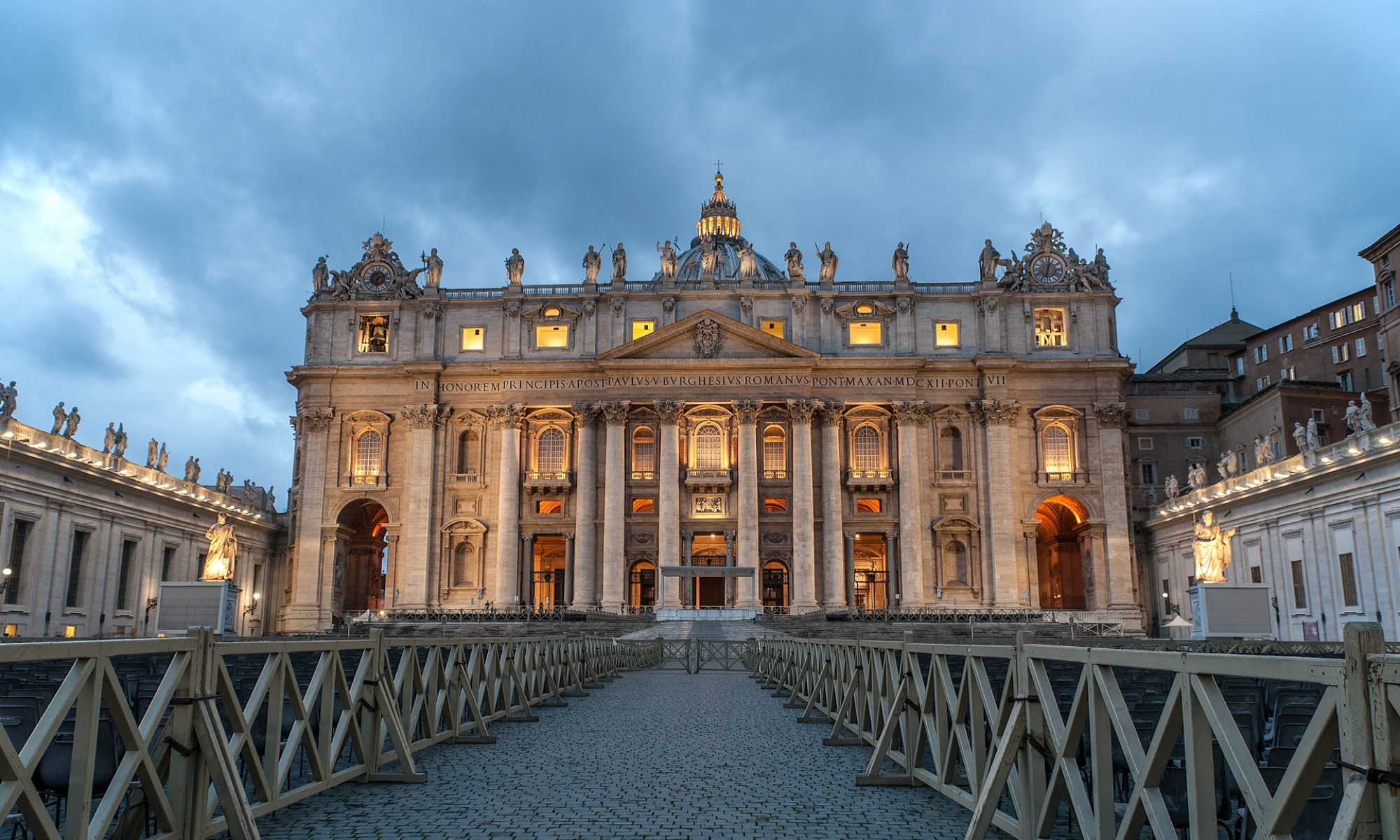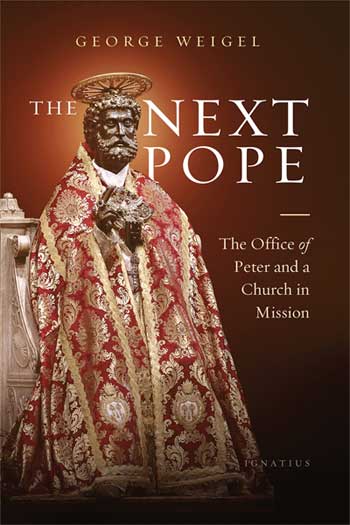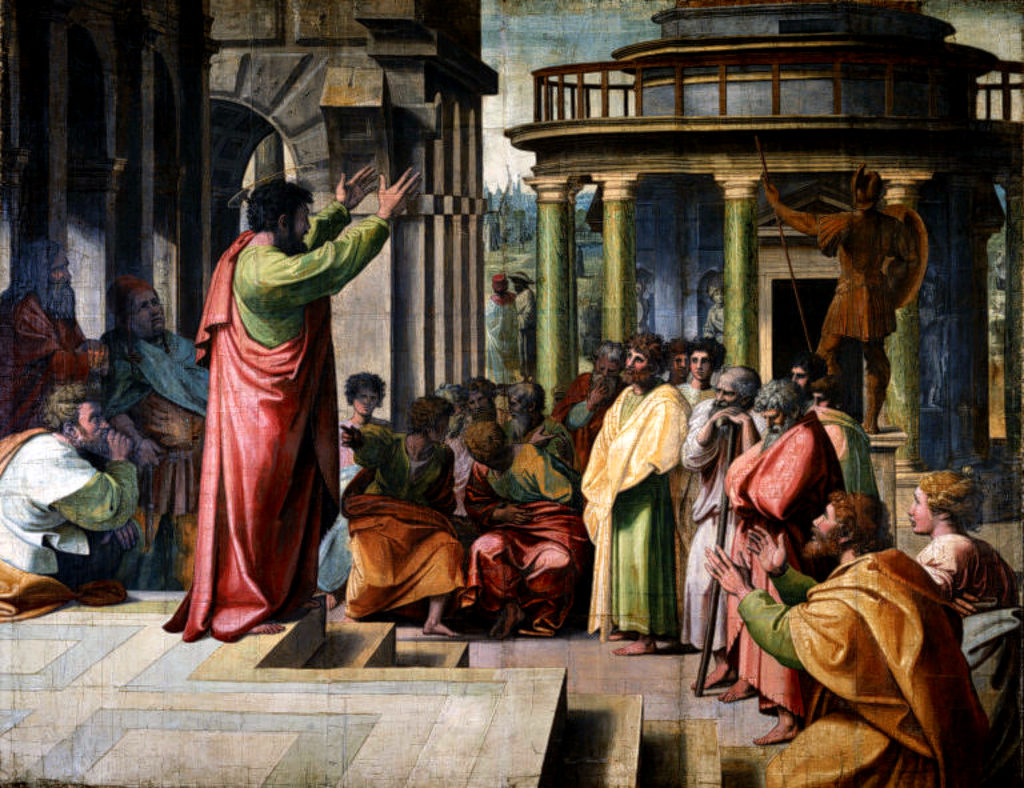Roman Catholicism is, by definition, Catholic (inclusive, welcoming, absorbing) and Roman (centralized, hierarchical, institutional) at the same time. The former characteristic gives it its fluidity, the latter its rigidity. It is soft like velvet and abrasive like sandpaper. Certainly, there are historical phases in which the Catholic prevailed over the Roman and vice versa. There are different combinations in the way the two qualifications are intertwined with each other.
For example, on the one hand, the Council of Trent (16th century) was very Roman with its dogmatic definitions and its excommunications of those who upheld Protestant convictions on the supreme authority of Scripture and salvation by faith alone. On the other, the Second Vatican Council (20th century) was very Catholic with its ecumenism towards non-Catholics and its embrace of the modern world. Pius IX (1792-1878) was a Roman pope who rejected religious freedom and freedom of conscience; Francis is a Catholic pope with his insistence on the fact that we are “all brothers” (Christians, Muslims, Buddhists, atheists, etc) regardless faith in Christ. We could go on with other examples.
The point is that Roman Catholicism is always in a tense balance between its two sides: Catholic and Roman. Rome is not only Catholic – otherwise it would dilute and disperse its institutional project centered on its hierarchical structures. It is not only Roman – otherwise it would become hardened in a closed system. It is both at the same time. An example of the Catholic and Roman dynamic is precisely at work these days and has as protagonists the “Synodal Path” of the German Catholic Church and the Vatican, the Holy See.
For some years now a Catholic initiative, the “Synodal Path,” has been underway in Germany involving bishops, lay people and religious associations. This series of meetings, discussions and papers has gathered many critical voices within Roman Catholicism and has proposed innovations and changes to some consolidated Roman Catholic doctrines and practices: the German “Synodal Path” has approved the female diaconate (in view of the ordination of women to the priesthood), the official recognition of homosexual couples, the relaxation of admission to the Eucharist to all those who come forward, etc. These are all very Catholic measures, i.e. inclusive and progressive, broadening the traditional stance of the Roman Church.
Important sectors of German (e.g. Cardinal Walter Kasper) and international (e.g. conservative circles in the US) Roman Catholicism have expressed growing concerns over the disruptive turn of the “Synodal Path” and the “liquid” Roman Catholicism it endorses. To try to restore order, in 2019 Pope Francis wrote a letter to German Catholics whose essence can be summarized in this way: “the German Synod is fine, changes are fine to some extent, but always stay within the Roman structures and remain united to the whole ecclesiastical institution.” In spite of the papal message, this reminder went virtually unnoticed and the German “Synodal Path” continued undaunted with its very Catholic resolutions, challenging the Roman status quo.
On 21st July the news came out that, fearing a rupture of the balance between the Catholic and the Roman, the Vatican issued a “Declaration of the Holy See” in German and Italian. The declaration essentially says two things: first, that the “Synodal Path” is all right in so far as it does not change the well-established beliefs and practices of the whole universal church; and second, if anything, its requests and recommendations can and should be brought to the broader Synod of Bishops on synodality that will take place in Rome in 2023. This is the translation from the ecclesiastical jargon: “Dear German Catholics, you have pulled the rope too hard. Now the Roman structures of the Church are calling you back in order to make your journey flow back into the Roman Catholic synthesis.” In even fewer words: “Catholicity is fine, but not at the expense of the Roman identity.” Roman Catholicism is both Catholic and Roman.
The Vatican believed that the time had come to strike a Roman blow to the Catholic trajectory of the “Synodal Path.” Rome feared that the pendulum of Catholicity ran the risk of breaking the framework of Romanism.
This Roman initiative by the Holy See is just the latest in a series of continuous adjustments that keep the system in a dynamic equilibrium. Compared to theological liberalism which, from Friedrich Schleiermacher onwards, pushes the accelerator of the historical Protestant churches on the re-invention of Christianity to adapt it to the dominant culture, Roman Catholicism is open to “development” and “updating” without losing its dogmatic commitments and institutional structure. The Catholic expansion must serve the purpose of reinforcing the Roman system; otherwise, it is not different from the liberal agenda.
For this reason, Roman Catholicism is not interested in a “reformation” according to the gospel. Rome wants to incorporate new and different emphases (e.g. evangelical, charismatic, traditionalist, liberal) without changing its sacramental and hierarchical self-understanding. Rome says it wants the gospel, but Rome also wants mariology, the papacy, the sacraments – traditions and devotions that are contrary to the gospel – without obliterating its view that the Roman Church as it stands is a de iure divino institution, i.e. by divine law and therefore unchanging and unchangeable. If the tension between the Catholic and the Roman of Roman Catholicism is not broken and reformed by the truth of the gospel and by the power of the Holy Spirit, Rome will never really change: it will shift from here to there, always moving within the boundaries of its Catholic and Roman sides, but without getting closer to Jesus Christ.




